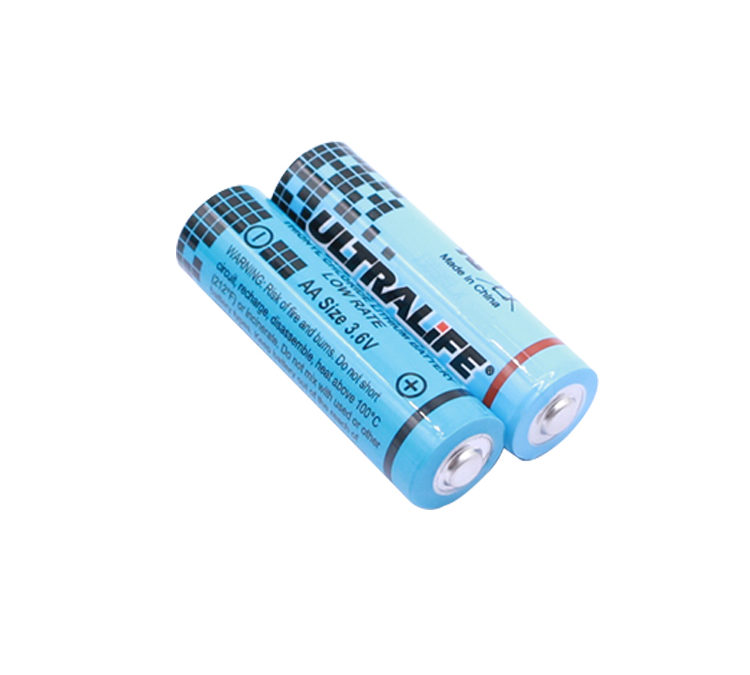What is a cylindrical lithium battery?
1, the definition of cylindrical batteries
Cylindrical lithium batteries are divided into lithium iron phosphate, lithium cobaltate, lithium manganate, cobalt-manganese mixed, ternary material different systems, the shell is divided into two kinds of steel shell and polymer, different material system battery has different advantages. At present, cylindrical mainly steel-cased cylindrical lithium iron phosphate battery, the performance of this battery for high capacity, high output voltage, good charge and discharge cycle performance, stable output voltage, can high current discharge, stable electrochemical performance, safe to use, wide operating temperature range, friendly to the environment, widely used in solar lamps, lawn lamps, back-up energy, power tools, toy models on.
2, the structure of a cylindrical battery
The structure of a typical cylindrical battery includes a shell, cap, positive electrode, a negative electrode, diaphragm, electrolyte, PTC element, gasket, safety valve, etc. The general battery shell is the negative terminal of the battery, the cap is the positive terminal of the battery, and the battery shell is made of nickel-plated steel.
3, the advantages of cylindrical lithium batteries
Compared with soft pack and square lithium batteries, cylindrical lithium battery has the longest development time, higher standardization, more mature process, high yield rate, and low cost.
– Mature production process, lower cost of PACK, higher yield of battery products, good heat dissipation performance
– Cylindrical batteries have formed a series of internationally unified standard specifications and models, and the process is mature and suitable for continuous production in large quantities.
– The cylindrical body has a large specific surface area and dissipates heat well.
– Cylindrical batteries are generally sealed batteries, and there are no maintenance problems during use.
– The battery shell has high-pressure resistance, and there will be no phenomenon such as square and soft packing battery expansion during use.
4, cylindrical battery cathode material
At present, the mainstream commercial cylindrical battery cathode materials are mainly lithium cobaltate (LiCoO2), lithium manganate (LiMn2O4), ternary (NMC), lithium iron phosphate (LiFePO4), etc., different material system battery has different characteristics.
5, cylindrical battery cathode materials
Cylindrical battery anode materials are divided into six types: carbon anode materials, alloy-based anode materials, tin-based anode materials, lithium transition metal nitride anode materials, nanoscale materials, nano-anode materials.
– Carbon nanoscale materials for anode materials: the anode materials that have actually been used for lithium-ion batteries are basically carbon materials, such as artificial graphite, natural graphite, intermediate phase carbon microspheres, petroleum coke, carbon fibers, pyrolytic resin carbon, etc.
– Alloy-based anode materials: These include tin-based alloys, silicon-based alloys, germanium-based alloys, aluminum-based alloys, antimony-based alloys, magnesium-based alloys, and other alloys, which are also not commercially available at present.
– Tin-based negative electrode materials: Tin-based negative electrode materials can be divided into two types of tin oxides and tin-based composite oxides. Oxides are oxides of various valence metals of tin. There are currently no commercial products available.
– Lithium-containing transition metal nitride anode materials, which are also not currently available commercially.
– Nanoscale materials: carbon nanotubes, nano-alloy materials.
– Nano-anode materials: nano-oxide materials
